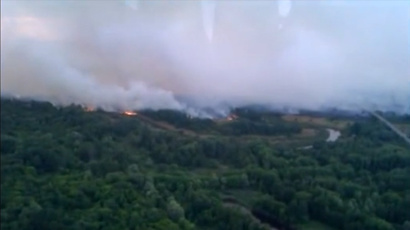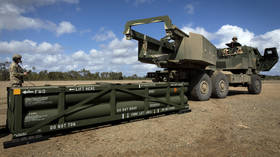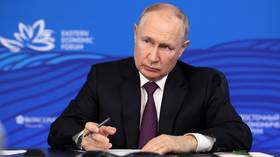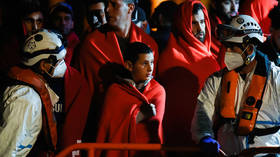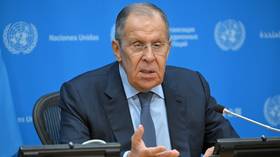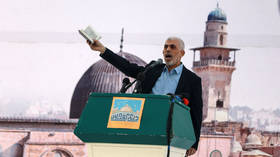Forest fire rages in Chernobyl exclusion zone
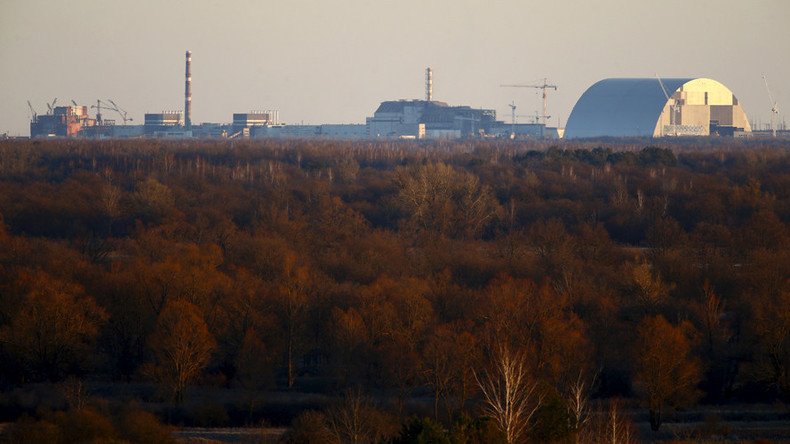
A forest fire has erupted in the Chernobyl exclusion zone forests during tree cutting works, according to the State Emergency Service of Ukraine. While a helicopter and two planes were dispatched to the site, the fire is still ongoing.
“At 12:35pm [local time] during technological tree cutting works in the exclusion and obligatory evacuation zone at the territory of Lubyanskoye Forestry, tree residue and the forest bed have caught fire. The fire spread out to an area of some 20 hectares,” the State Emergency Service of Ukraine said in a statement.
The emergency service dispatched an Mi-8 helicopter with a water-spraying device and two AN-32P fire planes to the location to provide surveillance and combat the fire. At least 102 firemen and 22 fire engines arrived at the scene, while the Mi-8 dropped water on the fire five times.
Despite their efforts, however, the fire even spread somewhat and at 6:29pm local time engulfed 25 hectares of the forest bed, as well as 0.5 hectares of the tree tops, according to the statement.
This is not the first wildfire to break out near the crippled Chernobyl nuclear power station. In 2015, forest and grass fires erupted in the exclusion zone several times with the worst one breaking out in May, when some 400 hectares of forests were engulfed in flames.
Several consecutive fires caused a significant increase in radiation in the exclusion zone. In July 2015, Ukrainian nuclear inspectors registered air contamination with cesium-137 near the settlement of Polesskoye in the Chernobyl zone, or approximately 10 times above permitted levels. Cesium-137 is one of the most dangerous radioactive elements, since it accumulates in the human body and can lead to leukemia.
Wildfires in nuclear-contaminated zones can have grave consequences, as they release radioactive particles accumulated in the trees and plants. In 2014, an international team of scientists published a study, warning that “the resulting releases of Cesium-137 after hypothetical wildfires in Chernobyl’s forests are classified as high in the International Nuclear Events Scale (INES). The estimated cancer incidents and fatalities are expected to be comparable to those predicted for Fukushima.”
The Chernobyl nuclear power plant was badly damaged after an accident on April 26, 1986, when a failed safety experiment caused a catastrophic meltdown at the plant’s Reactor 4. An explosion followed, destroying the reactor and releasing large amounts of radiation into the atmosphere. People living in the area around the power station were evacuated due to nuclear contamination and an exclusion zone was established.

